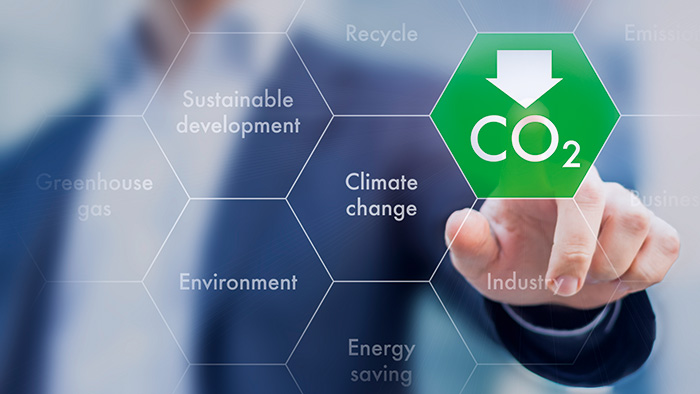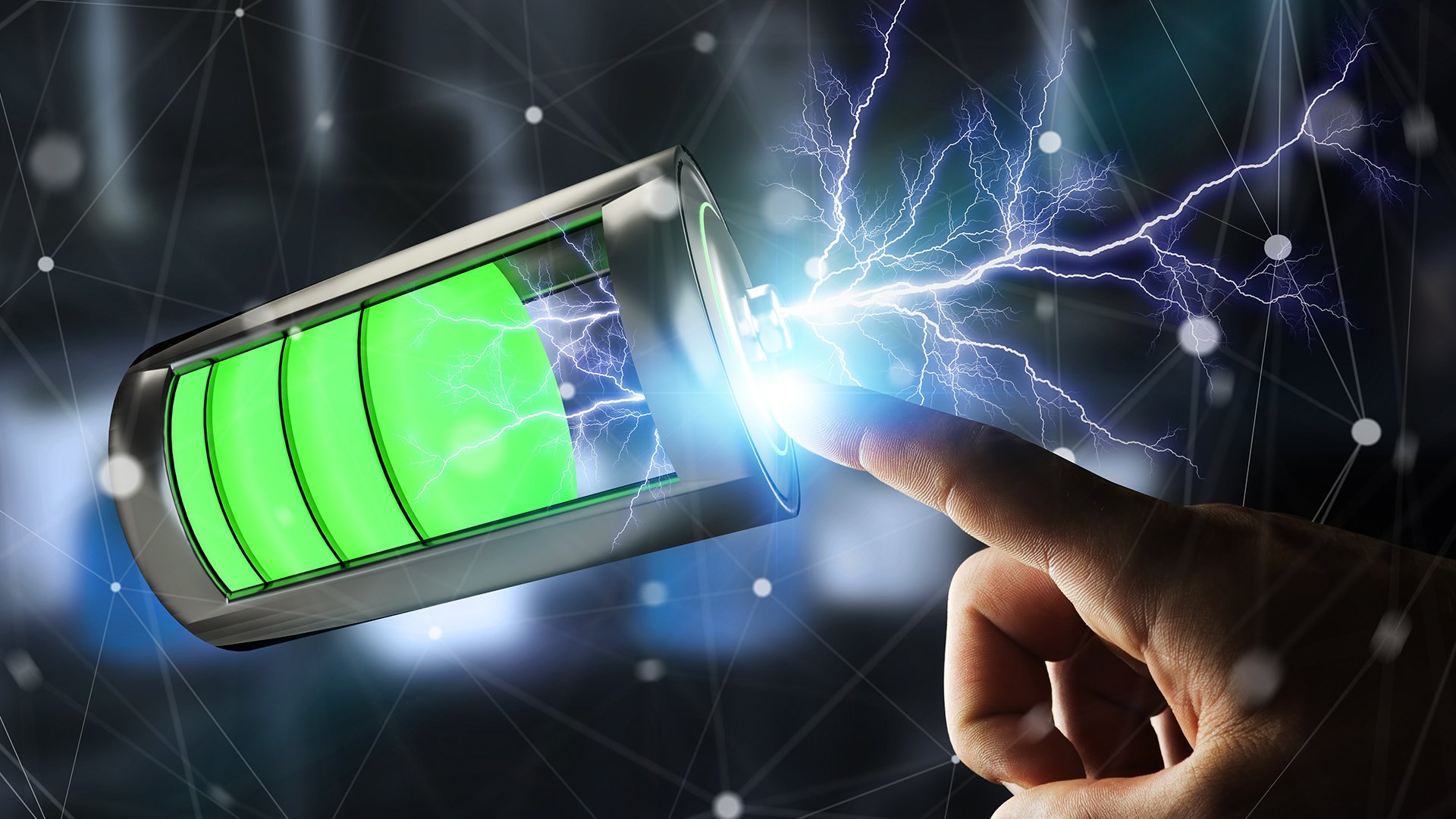Smart Building Towards Circular Economy

The Circular Economy is a model for long-term growth that envisions modern civilizations redesigning, producing, and consuming goods and services in a regenerative economic cycle that separates economic progress from resource depletion. Future and emerging digital technologies, such as advanced mobile networks, Distributed Ledger Technologies, Edge Computing, Artificial Intelligence, and the Internet of Things, are critical enablers of circular business practices because they optimize continuous flows of energy and materials back into manufacturing processes while also making inefficiencies transparent.
As a result, smart technologies play a critical part in the Circular Economy transition by enabling and facilitating truly sustainable corporate processes, such as efficient asset management, data sharing and analysis, collaboration, co-innovation, and shared value generation.
The role of emerging and future ICT as a Circular Economy enabler is the focus of the Smart Circular Economy. The goal is to look into how smart digital technologies can help to develop circular processes, services, and business models; how smart digital systems and platforms can reform design and decision-making mechanisms; and how these concepts can be applied to verticals like smart cities, precision agriculture, and renewable energy infrastructure, to name a few. The papers in this special issue, when combined, will be a great resource for all types of organizations working in the transition to a sustainable and flourishing future economy.
We define circular construction as the design, construction, and destruction of houses and buildings with an emphasis on high-quality material reuse and sustainability goals in the areas of energy, water, biodiversity, and ecosystems. The Bullitt Center in Seattle, for example, is totally circular and is sometimes referred to as the world's greenest commercial building.
The role of urban planning
The promotion of circularity relies heavily on urban planning. All new ideas must adopt circular architecture; only then will it be able to reuse all components 100 percent beyond 2050. Existing houses and buildings are considerably more difficult to renovate than new ones. As a result, circular targets must be used.
The contribution of urban mining
The world is full of resources and the existing structures include a wealth of precious resources that could be used further. The non-circular construction method used in the past makes it difficult to secure these components in a usable state during the demolition process. The use of specialized techniques allows a high percentage of expensive materials to be saved. We're talking about urban mining here. Regrettably, re-used materials are often more expensive than new ones at this time. As a result, a shift from labor taxes to raw material taxes will assist the circular economy.
Issuing building permits
The city of Amsterdam took a big step forward in terms of awarding building permits, allowing for circularity. Five themes are covered in the assessment of new building projects based on the above-mentioned definition of circular building: use of materials, water, energy, ecosystems, resilience, and adaptivity. Each of these topics can be examined from four perspectives:
- reduced consumption of materials, water, and energy
- reduction in the degree and manner in which reuse is ensured
- sustainable manufacture and acquisition of all necessary supplies.
- sensible management, such as a complete listing of all components used.
Each project chooses its own set of criteria, based on whether it's about giving building permits or renovating, as well as the location of the construction. Consider the difference between a virgin site and a central location in a magnificent setting to understand this clearly.
THREATENING SIGNS FROM THE LINEAR ECONOMY
FOOD AND WATER
Despite the fact that food security has improved in many regions of the world, "declining soil fertility and threats to our planet's biodiversity" remain serious concerns. The linear food system is about to be shattered. Society pays two dollars in health, environmental, and economic expenses for every dollar spent on food. Many of the world's water systems have already been compromised. More than half of the world's wetlands have vanished, and climate change is generating water shortages, droughts, and floods.
TRASH AND WASTE
Humans produce around 1.3 billion tonnes of trash per year in the global linear economy, considerably more than we can fully treat or recycle. As Western countries look for new areas to store their rubbish, this results in environmental disasters such as ocean plastic contamination and geopolitical problems. We need to develop a market for recycled plastic and reduce the massive volume of plastic trash that ends up in landfills and incineration. This is hazardous to the environment and makes no sense from the perspective of a circular economy.
EXAMPLES OF CIRCULAR ECONOMY SOLUTIONS
BIOPOLUS METABOLIC HUBS
Biopolus, a high-tech startup based in Hungary, works to shut the linear water, energy, and food loops in cities by designing urban ecosystems that are healthy, safe, and efficient. This new form of urban circularity cannot be realized without first establishing a sustainable water cycle, in which citizens have continual access to safe, clean water inside their city's limits.
Using advanced biological engineering, Biopolus developed a modular system for circular water treatment and management. MNR technology can also recover energy, nutrients, and minerals from organic waste.
CLOSING THE LOOP (CTL)
CTL, a Dutch startup, has developed the first service that enables businesses and governments to achieve circular economy and green procurement goals by recycling mobile phones.
Every year, over two billion mobile phones are manufactured. Only a small portion of abandoned phones is recycled, and even fewer are recycled responsibly. Customers pay CTL to collect scrap phones in emerging regions as part of the 'One-for-One' initiative. By collecting and recycling a dead phone from a poor country, a phone purchased, used, or sold in Europe becomes material neutral or waste-free. For phones, this produces a 'closed loop' solution.
SENSONEO SMART WASTE MANAGEMENT
Sensoneo is a Slovakia-based enterprise-grade smart waste management solution provider that helps cities and organizations manage garbage more cost-effectively, be more environmentally conscious, and improve people's well-being. Sensoneo's solution is currently in use in over 130 locations across five continents.
Sensoneo's objective is to reinvent waste management through its proprietary smart waste management technology. "The Sensoneo system combines unique IoT Smart Sensors with advanced software, allowing cities and businesses to make data-driven decisions and optimize waste collection routes, frequencies, and vehicle loads," according to the company. This leads to a 30% decrease in waste collection expenses and up to a 60% reduction in carbon emissions in cities.
Sensoneo was recently chosen as a project partner by the City of Prague to "develop an effective instrument for monitoring the fill-level and condition of underground bins with separated garbage." The purpose of this project is to monitor hundreds of bins and offer data to the city for improved waste collection routes, improved waste container placement, and predictive models for collection route planning.
Conclusion: Potential Value in the Circular Economy
Redeploying resources over and over, frequently for the same or similar reasons, is becoming increasingly profitable. Circular economies are based on this organizational idea. By 2030, a new circular framework in Europe could yield 1.8 trillion euros in new economic gains. Businesses must not only optimize recycling and decrease waste in order to move to a circular economy, but they must also fundamentally re-engineer their products and services using a so-called "cradle-to-cradle" strategy.
Innovators pursuing value in the circular economy, on the other hand, have specific financial requirements that traditional investors and venture capitalists are hesitant to provide, such as financing the business for a longer length of time than under a linear model. Innovators must clarify the circular economy potential for investors, policymakers, and smart city decision-makers, such as creating value through creative asset use models and extending asset life.
The challenge for smart city strategists is to inspire and support an innovation-friendly ecosystem that allows enterprises and partnerships pursuing circular economy aims to access new finance, sustainable design, and management techniques.











